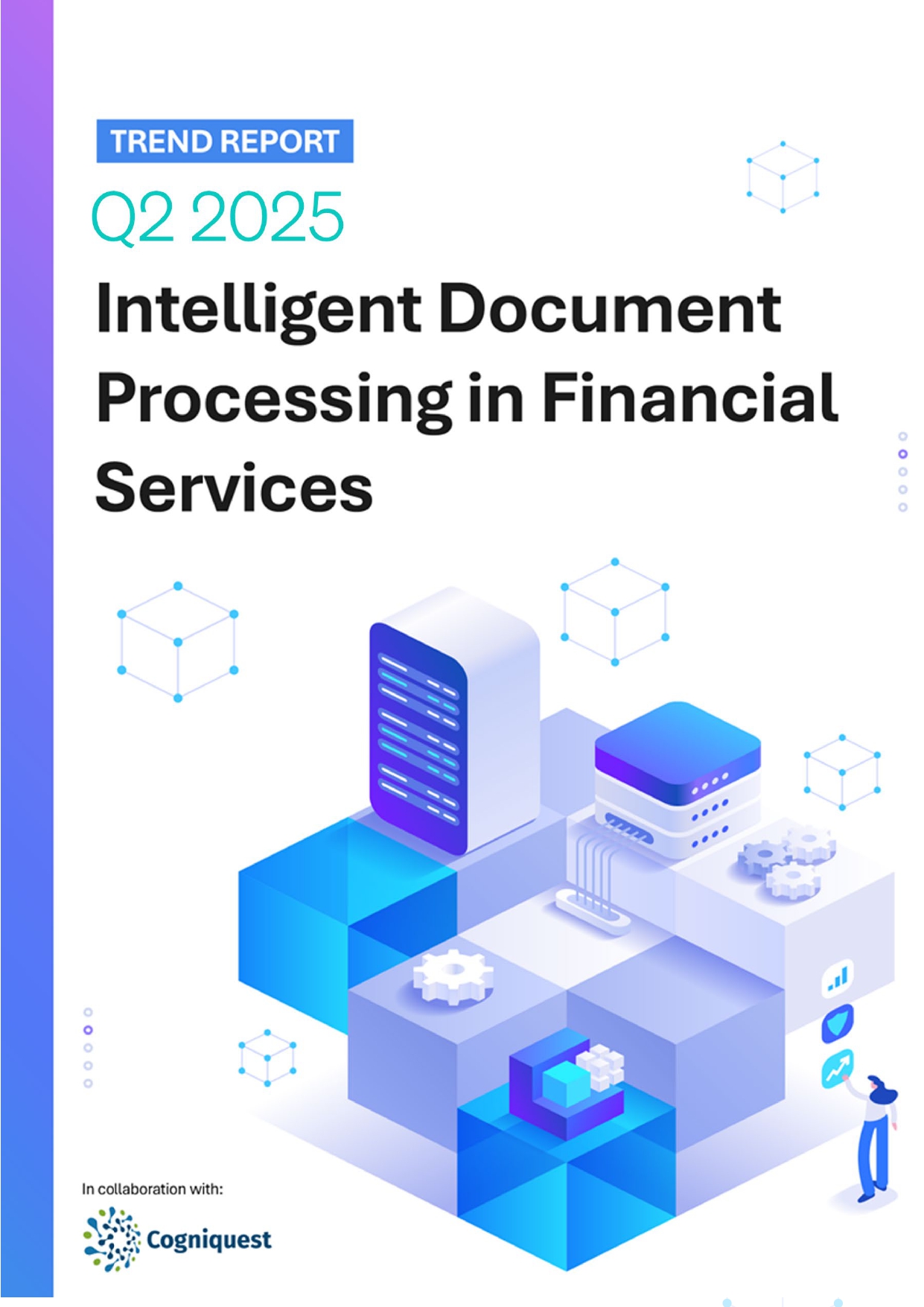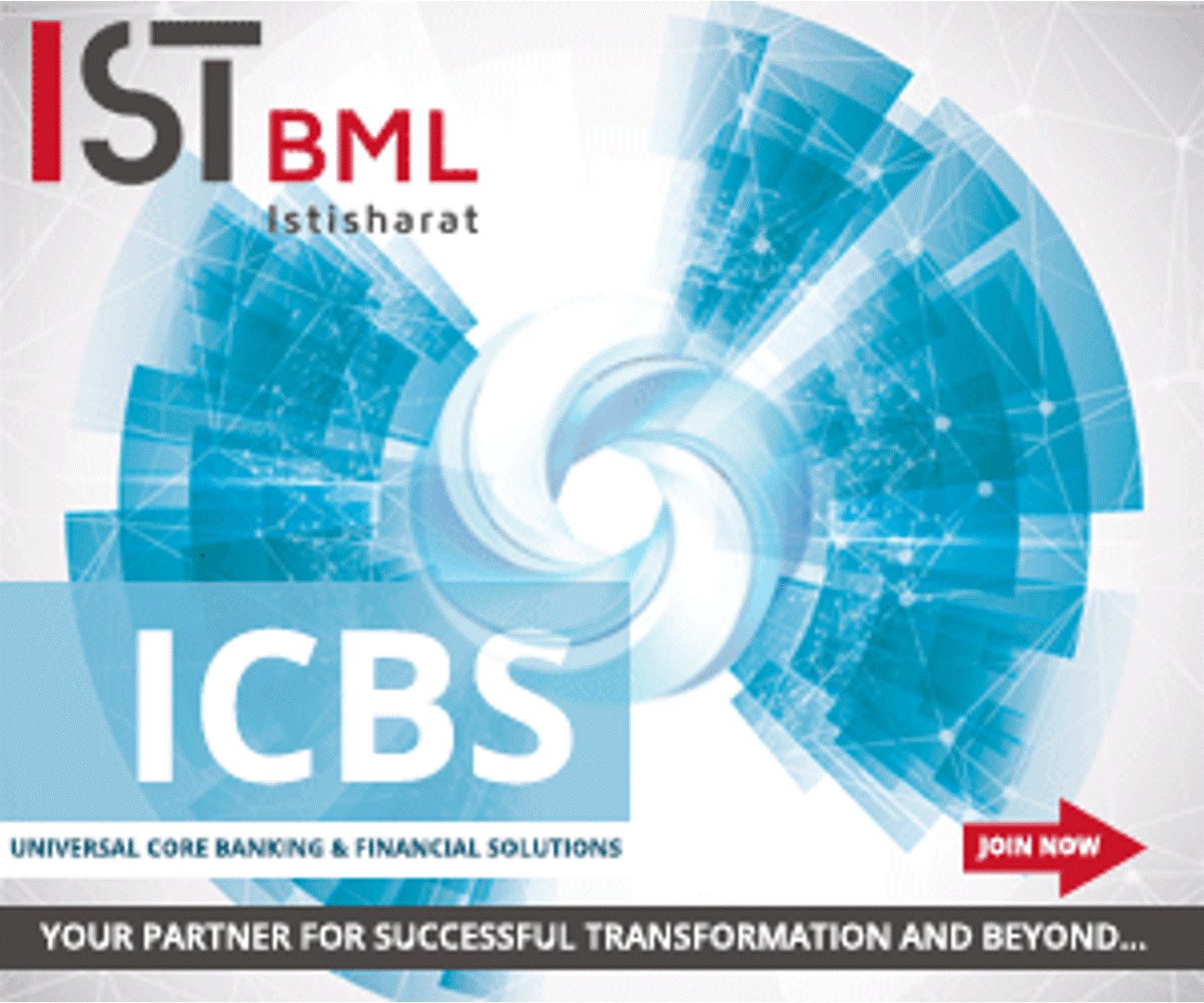 Back
Back
Egypt among top remittance recipient countries in 2023: World Bank
By Puja Sharma
January 16, 2024
- Cross Border Money Transfer
- Cross Border Remittances
- Digital Payment Platform

Egypt received $24.2 billion in remittances last year. The country ranked sixth in the world and fifth among low and middle-income countries in receiving financial remittances from overseas workers in 2023, according to a branch of the World Bank.
The Global Knowledge Partnership on Migration and Development (KNOMAD) reported that Egypt received $24.2 billion in remittances last year. The global total was about $860.3 billion, up from $835.6 billion in 2022.
Remittances involved one billion people worldwide, or one in every seven. About 200 million overseas workers sent money to their home countries, benefiting 800 million family members.
India was the top recipient of remittances in 2023, with $125 billion, followed by Mexico with $67 billion, and China with $49.5 billion.
A study by the Information and Decision Support Center suggested that Egypt could increase its remittances by improving banking services, savings, and investment awareness among Egyptians abroad. It also highlighted Egypt’s efforts in providing diverse channels for receiving foreign income, such as mobile wallet transfers and non-banking electronic services.
The study noted that Egypt’s central bank was participating in the “Buna” platform project, the first unified Arab platform for multi-currency intra-Arab payments. This would facilitate faster and cheaper Arab payments and attract more official remittances.
The study also recommended liberalizing exchange rates and banking services, and allowing local branches of banks in recipient countries to operate in the markets of remittance-sending countries. This would reduce the cost and time of money transfers and direct informal transfers to official channels.
Moreover, the study stressed the need to develop banking services in recipient countries to enable overseas workers to manage their savings and investments in both their home and host countries. This would enhance their support for their families and the economic and social development of their countries.
A study by the Global Knowledge Partnership on Migration and Development (KNOMAD) predicted that global remittances from overseas workers would increase to $887 billion in 2024, a 3.1% rise from 2023. The study also estimated that remittances to developing countries would reach $5.4 trillion by 2030, with $1.5 trillion being saved or invested.
The study said that most overseas workers sent money to their families in rural areas, which improved their living standards and resilience. It also said that remittances played a vital role in achieving sustainable development goals, such as health, education, water, sanitation, work, growth, and equality. Additionally, remittances contributed to the 20th goal of the Global Compact for Safe, Orderly, and Regular Migration, adopted by the UN in 2008.
The study noted that remittances had become the largest source of external financing for low- and middle-income countries, surpassing China. Remittances to these countries were about three times the size of official development assistance for over a decade. The study also reported that remittances to low- and middle-income regions accounted for 77.8% of the total global remittances in 2023.
According to the study, the cost of money transfers was about 6% of the total amount, twice the target of 3% specified in the sustainable development goals. The study indicated that the average global transfer cost for sending $200 was 6.2% in the second quarter of 2023, compared to 6.0% in the second quarter of 2022, based on the World Bank’s data.
The study also compared the channels used for global remittances, and found that banks were the most expensive, with an average cost of 12.0% in the second quarter of 2023. Post offices charged around 7%, money transfer companies 5.3%, and mobile money transfers 4.1%. However, mobile money transfers were the least used, representing less than 1% of the total volume.
IBSi FinTech Journal

- Most trusted FinTech journal since 1991
- Digital monthly issue
- 60+ pages of research, analysis, interviews, opinions, and rankings
- Global coverage
Other Related News
Related Reports

Sales League Table Report 2025
Know More
Global Digital Banking Vendor & Landscape Report Q2 2025
Know More
NextGen WealthTech: The Trends To Shape The Future Q4 2023
Know More
Intelligent Document Processing in Financial Services Q2 2025
Know More


